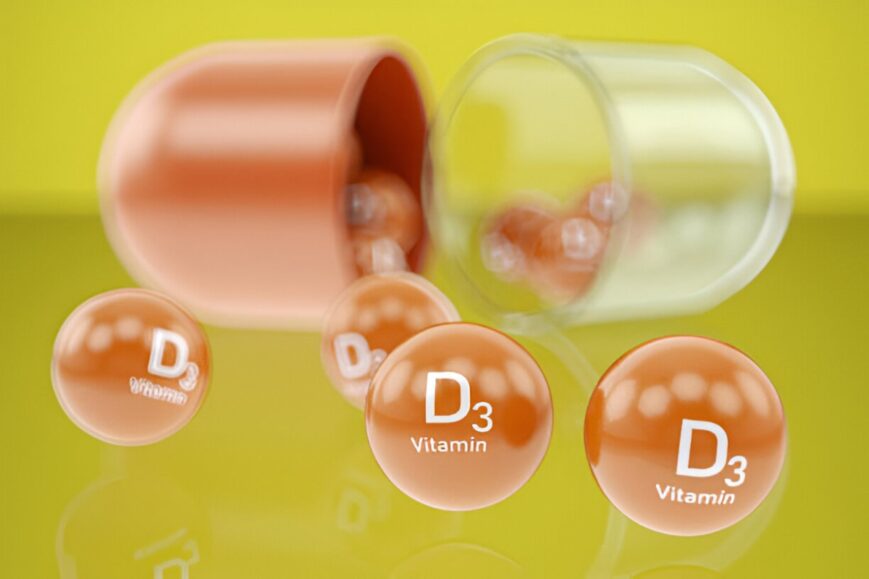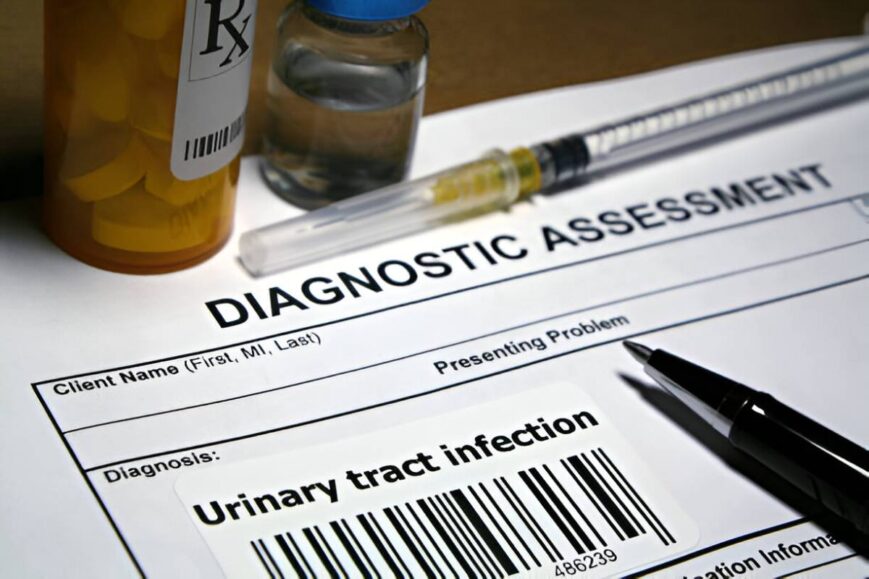In a world where the quest for a healthier, happier life often seems elusive, the journey of self-improvement stands as a beacon of hope and transformation. Imagine a path where mental clarity meets emotional resilience, where physical vitality dances in harmony with a peaceful mind, and where your aspirations are not just dreams but achievable realities. Welcome to the art of unlocking optimal wellness—a holistic adventure into the depths of self-discovery and personal growth. This article serves as your guide, unveiling strategies that will empower you to harness every facet of your being. From the serenity of mindfulness to the invigorating embrace of tailored fitness routines, from the nourishment of balanced nutrition to the life-enhancing connections within your community—each step on this journey is a step towards a life truly lived to its fullest. Let’s embark on this transformative path together.
Elevate Your Mind with Mindfulness and Relaxation
Integrating mindfulness and relaxation techniques into your daily routine can significantly enhance mental clarity and emotional resilience. By participating in activities such as deep breathing exercises and mindful meditation, you can effectively reduce stress and anxiety. These methods encourage a focus on breathing and awareness, fostering a calm mind amidst stressors. Prioritizing these practices in your self-improvement strategy can lead to a more balanced and fulfilling life.
Craft Your Fitness Journey for Lasting Wellness
Creating a fitness routine that aligns with your personal lifestyle and preferences is essential for achieving sustainable wellness. By choosing eco-friendly exercise equipment and incorporating outdoor activities, you contribute positively to the environment while staying active. It’s crucial to adjust your routine according to the signals your body sends and to progress at a comfortable pace, tailoring exercises to suit your unique goals. Enlisting the guidance of a certified fitness professional can help you set clear, personalized objectives, whether your aim is weight management, strength building, or flexibility improvement. Ultimately, building a routine that evolves with your life ensures that you remain motivated and committed to your well-being journey.
Reflect and Grow with Journaling
Developing a positive mindset begins with embracing self-reflection as a tool for growth, enabling you to evaluate and realign your actions with your core values and aspirations. Journaling offers a practical way to document this reflective process, allowing you to uncover patterns in your thoughts and feelings, which can lead to profound self-discovery. By regularly writing in your journal, you can release stress and negativity, making space for more constructive habits and intentions. This reflective practice not only enhances self-awareness but also empowers you to set more realistic, achievable goals, ultimately fostering continuous personal improvement. Harness the power of journaling today by exploring creative prompts that inspire introspection and encourage a more optimistic outlook on life.
Embrace Nourishment with Balanced Nutrition
To cultivate optimal wellness, you should focus on establishing healthy nutrition habits that emphasize balanced diets and mindful eating. Mindful eating, a practice gaining traction in 2025, encourages you to be fully present during meals, enhancing your awareness of the sensory and emotional experiences associated with food consumption. This approach can help you make more thoughtful food choices, steering away from mindless eating patterns and contributing to better dietary habits without the need for calorie counting. Additionally, by consciously consuming a varied and balanced diet, rich in fruits and vegetables while avoiding excessive sugar and salt, you can significantly contribute to your overall well-being.
Build a Supportive Community for Unwavering Motivation
Creating a supportive environment by surrounding yourself with inspiring and like-minded individuals is crucial for achieving optimal wellness through self-improvement. When you foster relationships with people who share your values and goals, you benefit from a network that offers encouragement and motivation. This network acts as a foundation for mental well-being, increasing your resilience during life’s challenges by providing emotional support and shared wisdom. Engaging with such a community not only enhances your growth but also stimulates personal progress, as positive influences encourage healthy habits and continuous learning. Ultimately, this supportive circle becomes integral to maintaining balance and fulfillment in both your personal and professional life.
Utilize Technology for a Smarter Self-Improvement Journey
In today’s digitally advanced era, utilizing technology can greatly enhance your self-improvement journey by offering sophisticated tracking and progress measurement tools. By leveraging AI-powered applications, you can receive personalized feedback and recommendations tailored to your specific needs. These platforms assess your strengths and weaknesses, allowing you to set clearer goals and measure your progress more accurately. Furthermore, tools like virtual reality provide immersive experiences that can simulate environments for practicing skills such as public speaking or stress management. As you engage with these technologies, you not only streamline your personal development but also make the process more enjoyable and efficient.
Make a Lasting Impression with Personalized Business Cards
When embarking on a new career, crafting a lasting impression is crucial, and a well-designed business card can significantly contribute to this. Unlike digital correspondence that can easily get lost in an overflowing inbox, a tangible business card stands out and offers potential employers or clients a memorable piece of your professional identity. Creating a personalized card is straightforward using a business card template for printing that allows you to incorporate your unique style through images, text, colors, and fonts you prefer. This small yet powerful tool not only enhances your professional image but also facilitates meaningful connections at networking events and career fairs. By offering a visible reminder of your skills and contact information, business cards play an essential role in solidifying your presence in the competitive job market.
Ultimately, the journey to optimal wellness is a mosaic crafted from various transformative practices that enhance your life holistically. Embracing mindfulness, crafting personalized fitness routines, nurturing nutrition, and harnessing the potential of community and technology are but a few threads in this tapestry. Each choice you make enriches the fabric of your well-being and propels you forward with purpose. As you step into this evolving adventure, let each milestone be a testament to your commitment to living fully and vibrantly, where every moment becomes an opportunity for growth and fulfillment.















